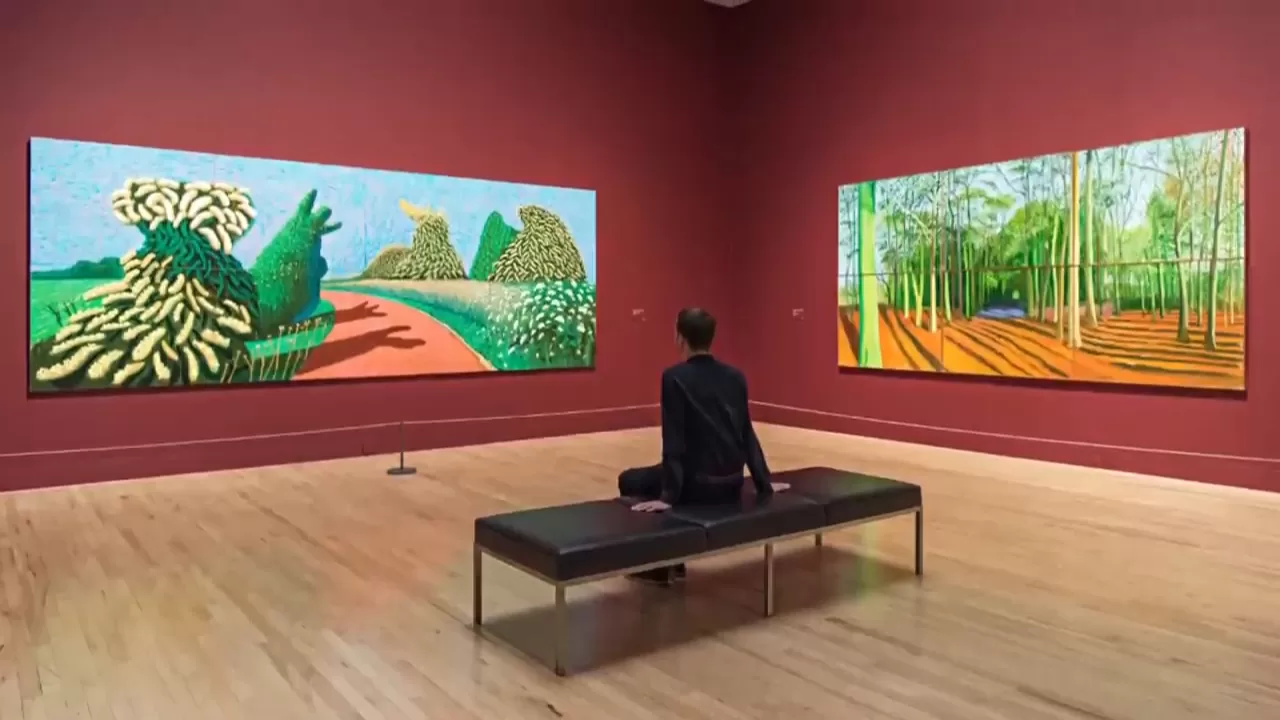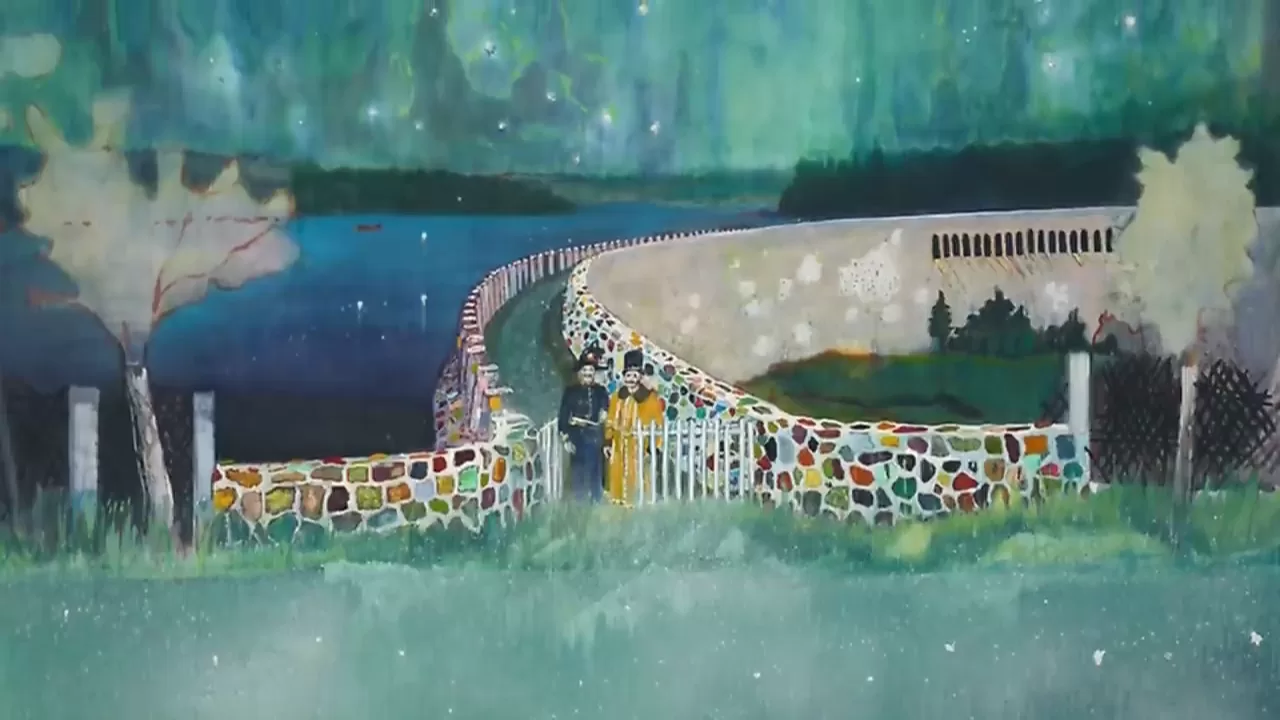There’s a quiet confidence in rooms that feel close to nature. Designers call it “visual breathing space” — when the eye finds calm instead of clutter. You don’t need to renovate to achieve that balance; you just need to rethink what’s on your walls. Art can work like light or texture, setting the tone before you notice color or shape. In biophilic design, where natural forms guide layout and palette, every image counts. Think of how soft horizons or calm horizons can slow a busy space and connect it back to something familiar: open air, water, sky.

Biophilic art is an easy mood setter: greens soothe, earth tones ground, and sky blues open sightlines. Choose modern landscape art prints with generous negative space—shorelines, rolling hills, distant trees—to keep the room breathable. For a single statement above a sofa or bed, size the canvas to about two-thirds of the furniture width and keep the center near 145 cm from the floor. If your base palette runs cool (stone, gray, graphite), add a warm note like sand or camel. If it’s warm (oak, beige, terracotta), balance it with a whisper of soft blue or sage. These subtle shifts help the eye rest naturally, without the sense of over-designing the room.

Natural art also teaches proportion. In small apartments, one wide piece often feels more open than a busy grid. Horizontal views extend walls, while vertical landscapes draw the eye upward. The goal isn’t symmetry but a rhythm that feels alive — the same balance you see outside on a calm horizon. When light changes through the day, matte paper finishes hold tone gently, while subtle glazing brings in reflection and depth. Don’t overthink the matching; let texture, tone, and white space breathe together. Rooms look calmer when art echoes the palette but not the pattern of the furniture below.

Forests add texture and depth: repeating trunks and layered leaves create rhythm without clutter. Explore modern forest wall décor for vertical compositions that lift low ceilings or misty scenes that soften bright daylight. Pair with linen, rattan, and a single frame finish — black, oak, or white — for cohesion. In galleries, keep gaps between frames around 5–8 cm. Portrait formats steady narrow columns, landscapes stretch wider walls, and square pieces stay balanced above consoles or dressers. Wood tones from these images bring quiet continuity; a birch trunk beside a woven chair can link the visual story from wall to floor. Even in minimalist interiors, a forest print anchors warmth without breaking simplicity.

Adding organic imagery isn’t about theme but about temperature — visual and emotional. A cool-toned sea print can cool a bright southern room, while a dense woodland adds coziness in winter months. Children’s rooms, cabins, and small home offices especially benefit from these grounded textures: they hint at the outdoors without needing literal greenery. When chosen with restraint, wall art becomes a silent partner in daily calm — shaping mood, focus, and a sense of belonging.



